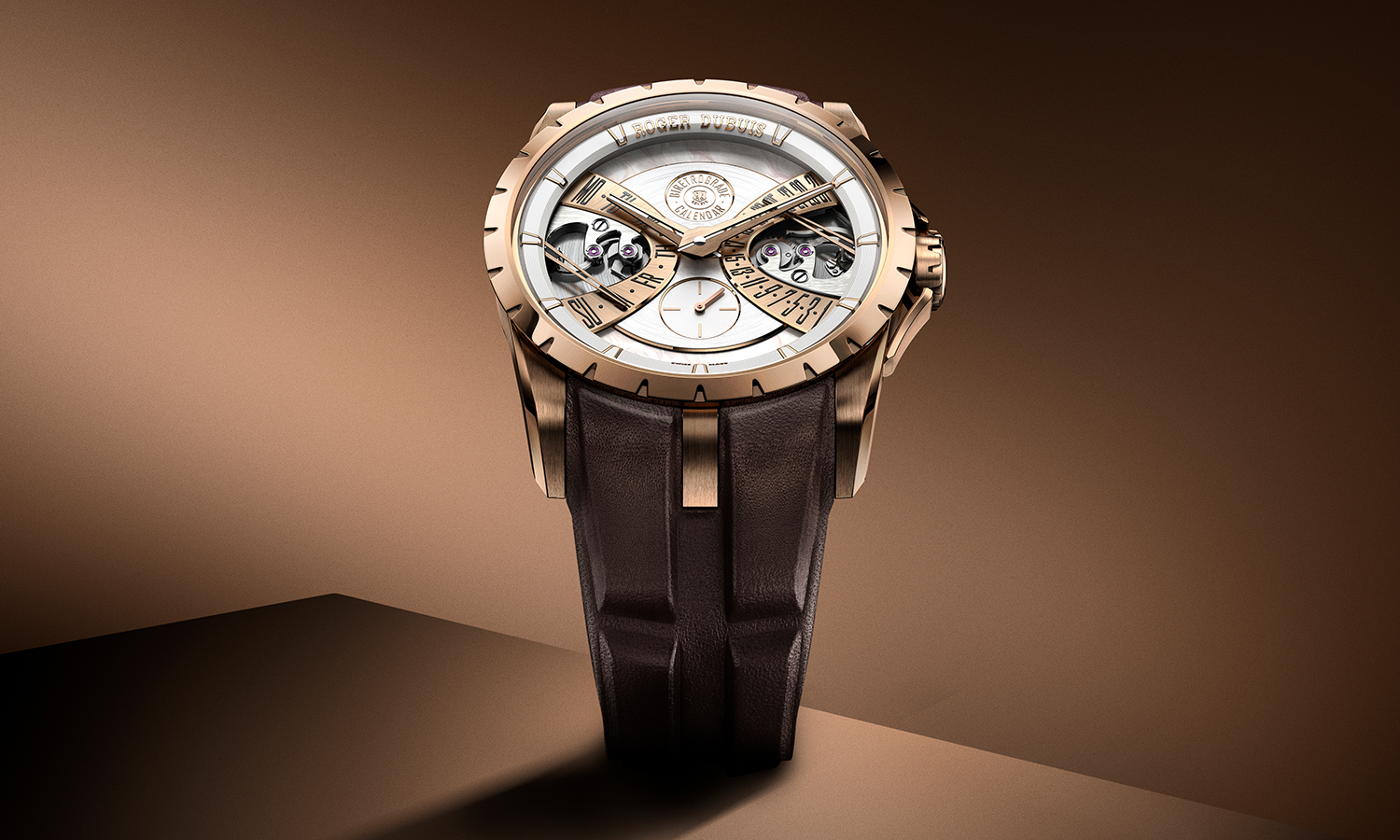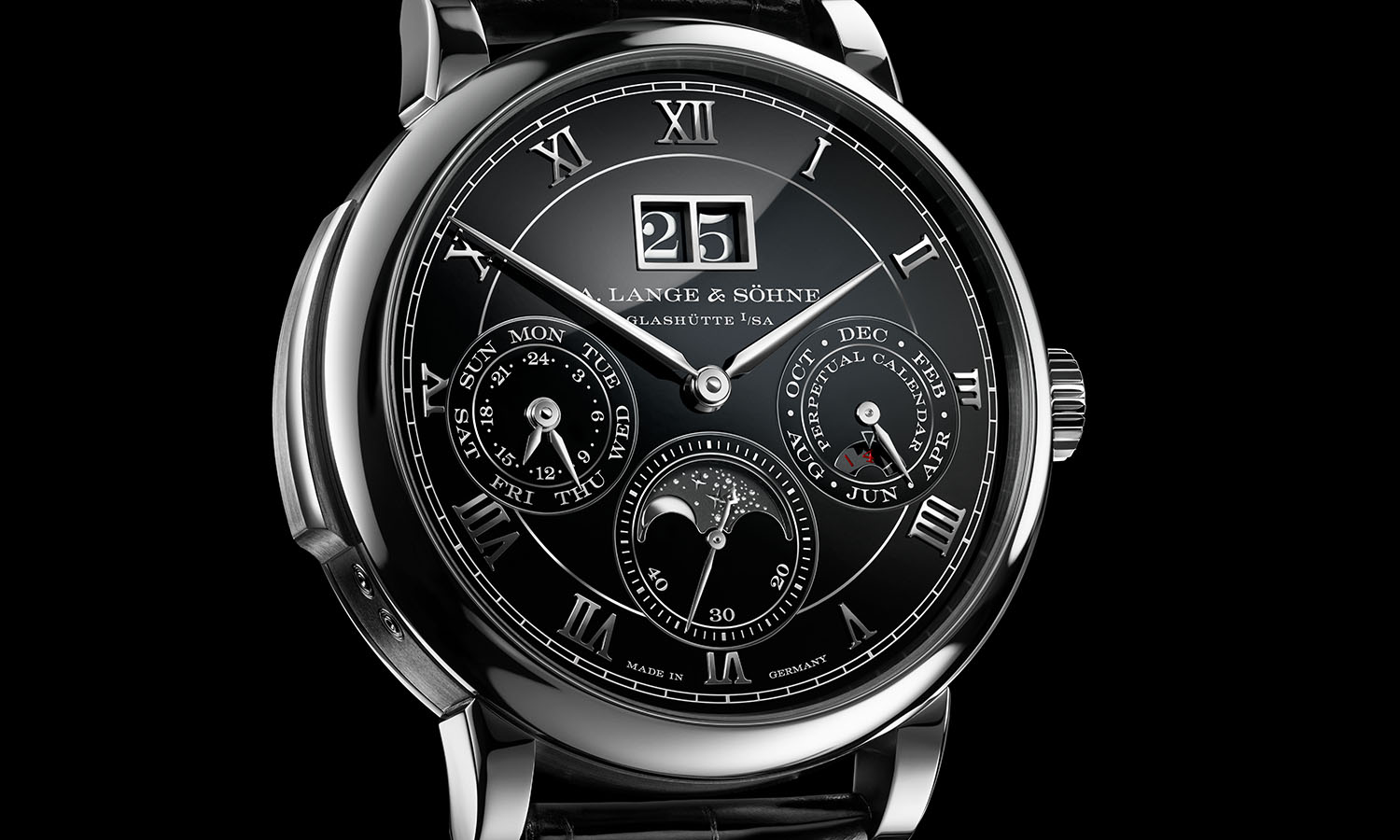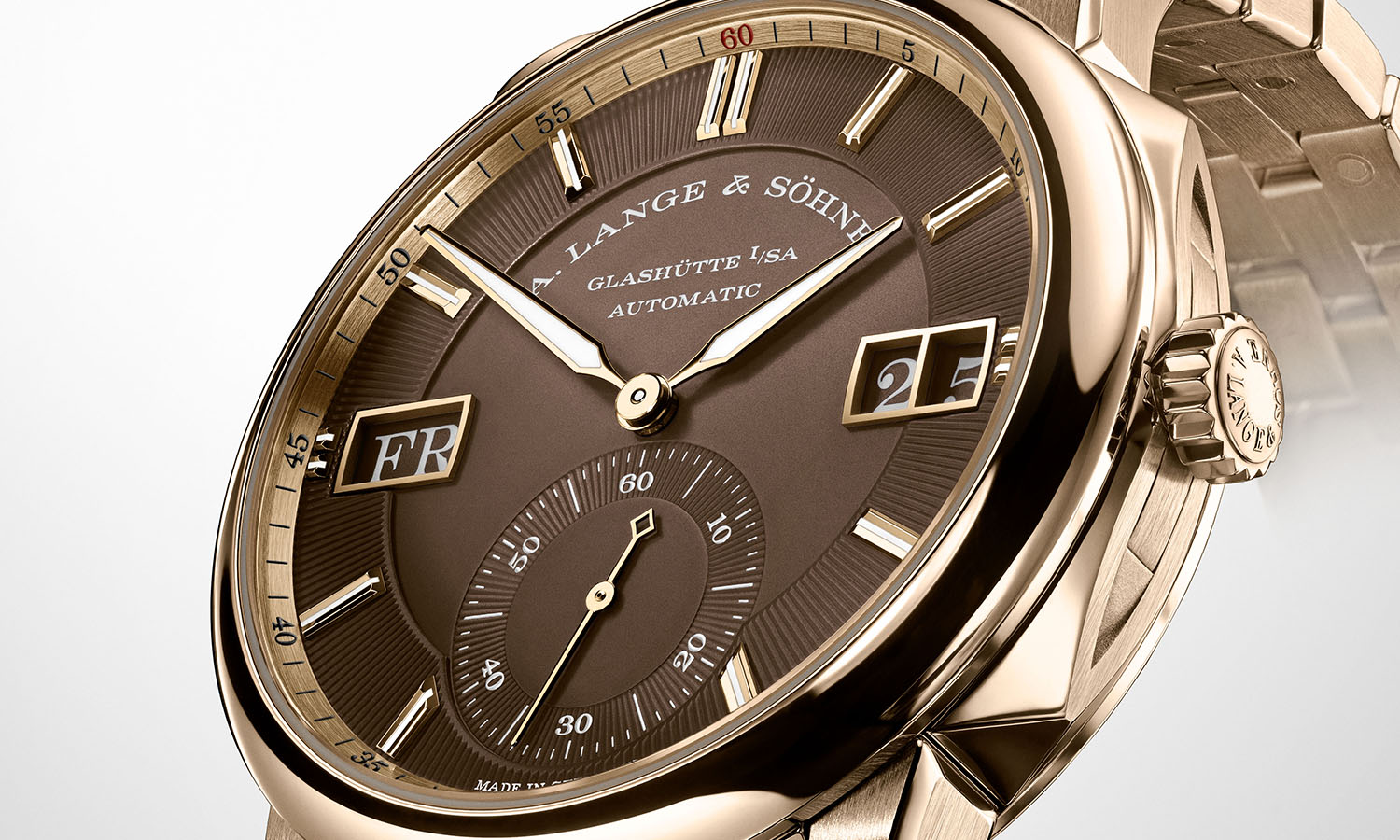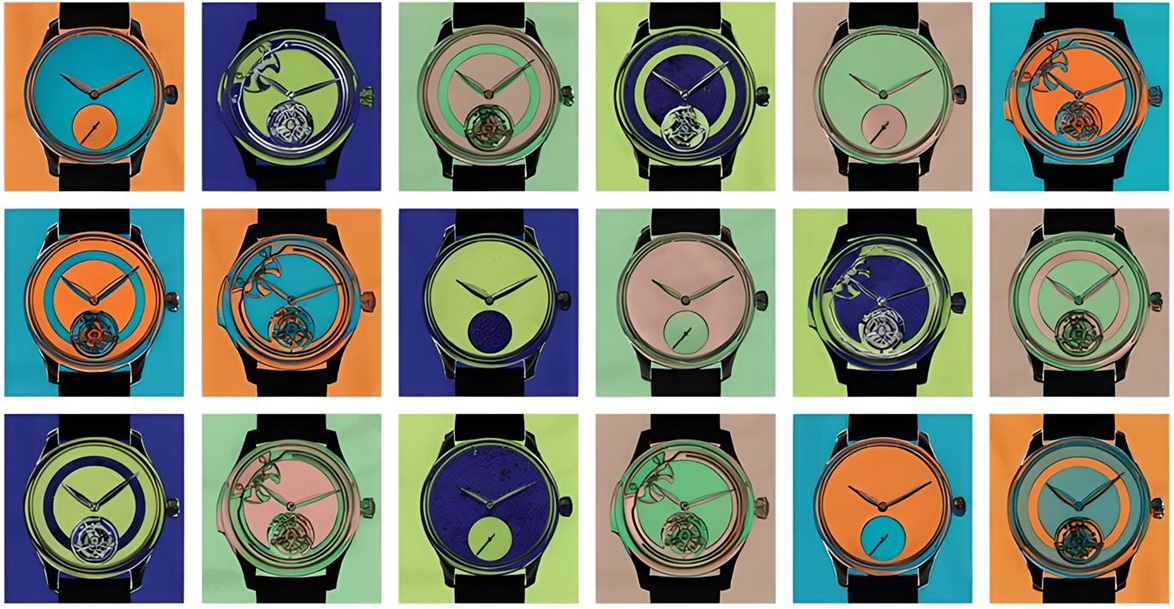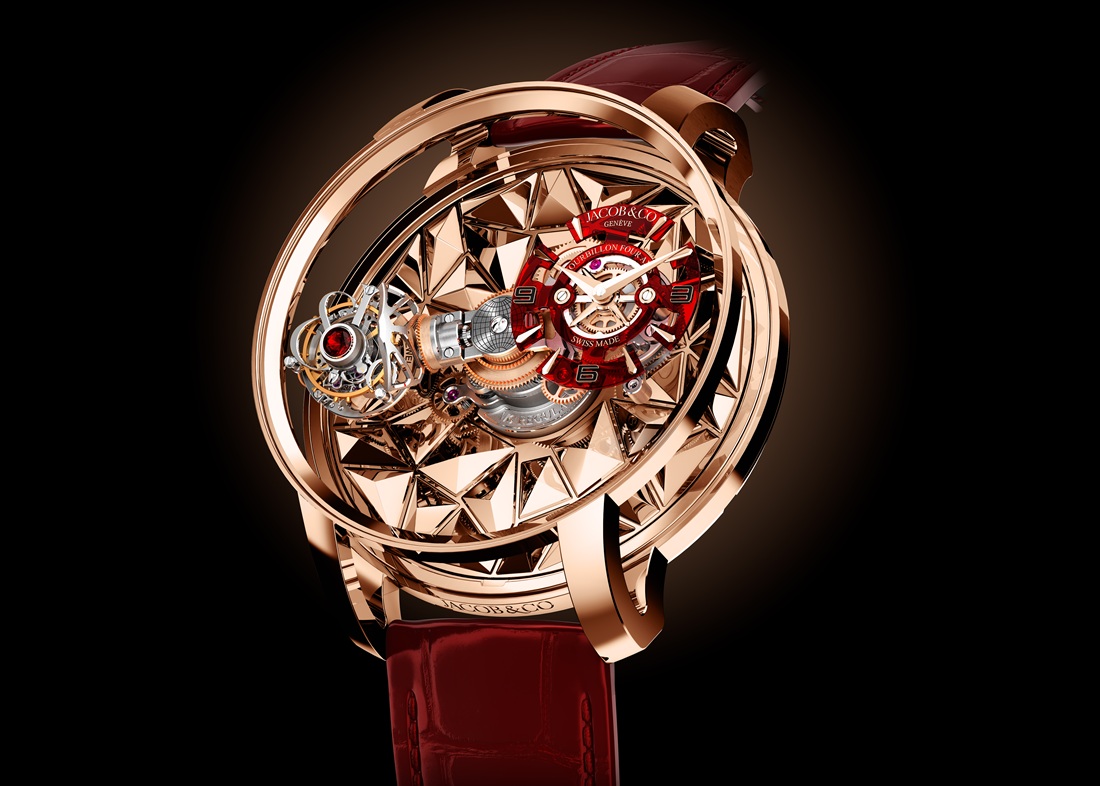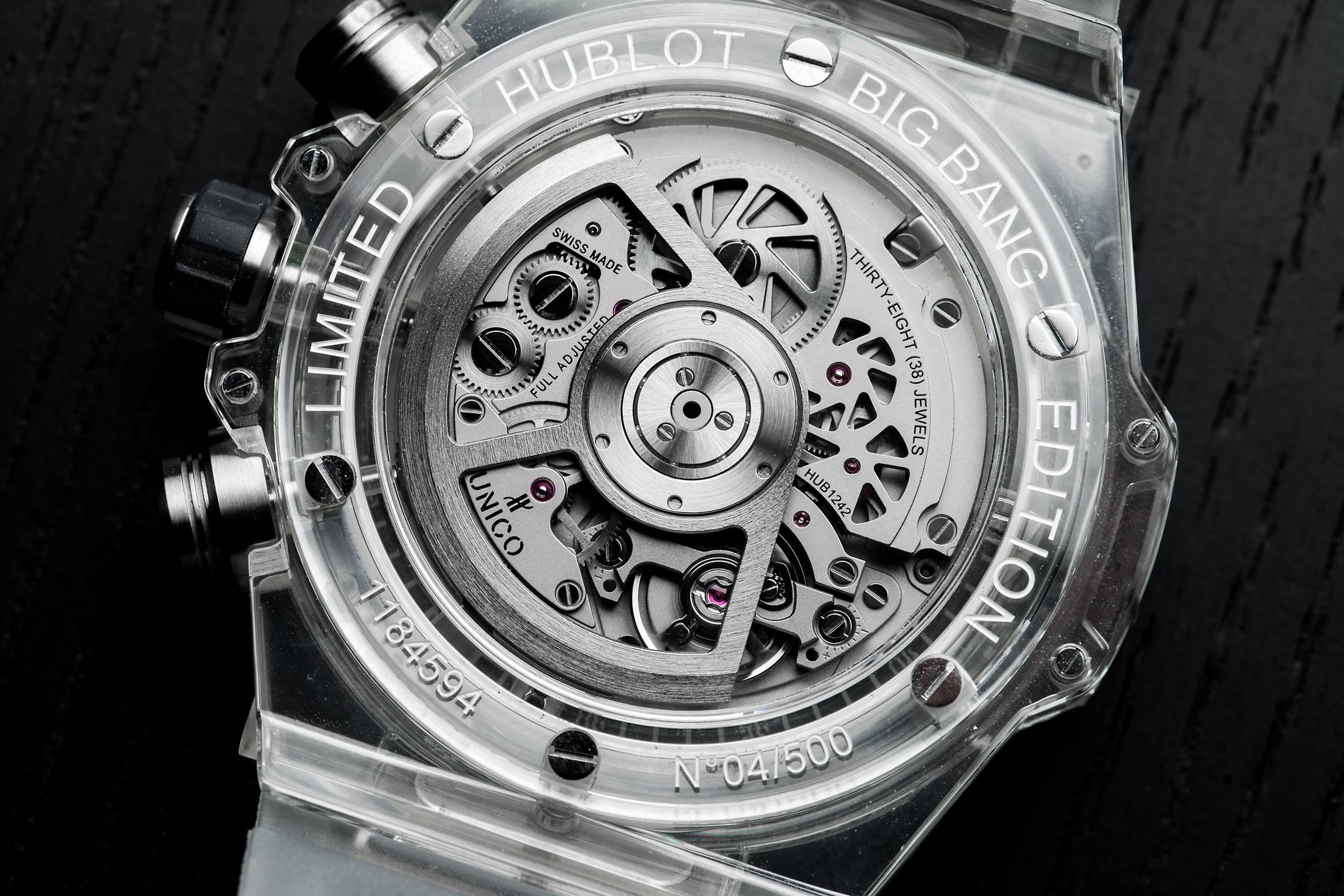
High-Tech Hublot: The UNICO Chronograph Movement
It might seem a bit odd to start a series of the progressive and innovative accomplishments of Hublot with what can be considered as their “base”-movement. Yet the term “base” already says it: it is from there that all the rest is build up, so, in fact, the perfect starting point.

When people here the word “base,” many take this as a synonym for the word “basic,” taking that it is simple. This is especially not the case with the UNICO movement. First of all, a chronograph movement is one of the most difficult complications to make. Reason for this is the volatility of the complication: tourbillon’s, perpetual calendars and even grand sonnerie’s have a predictable behavior in when the complications take power from the rest of the movement. Chronographs are started, stopped, reset, and started all over again, at the discretion of its owner. To create a movement that can not only handle this time after time but also do so without having a negative impact on the precision of the timekeeping is quite extraordinary.
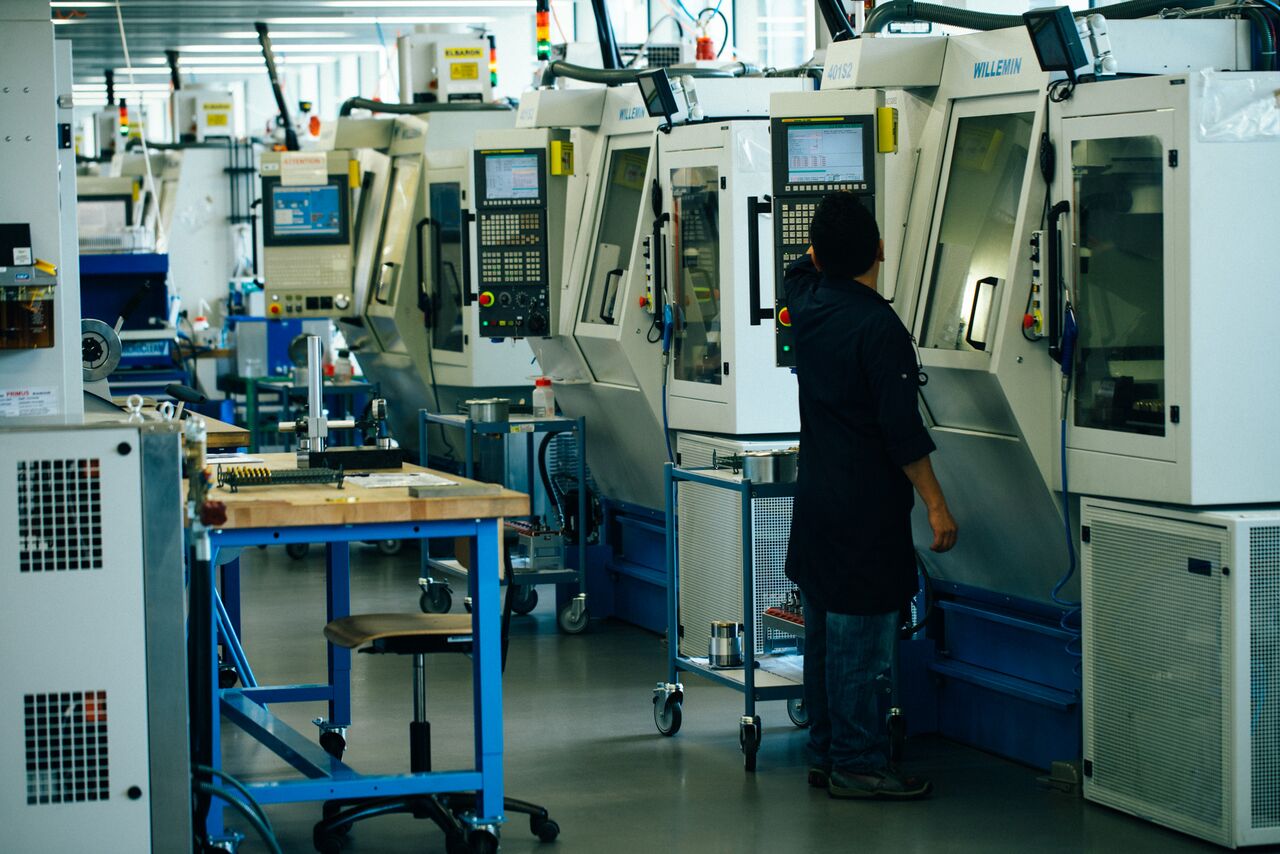
With the birth of the Big Bang, the chronograph complication also became synonymous for Hublot, so it is no wonder that they set out to develop a chronograph movement of their own. They approached this challenge from multiple angles, with a focus on reliability, user friendliness, and serviceability. The UNICO movement also had one additional challenge to tackle: while Hublot is by no means a high-volume brand, the success of the Big Bang does mean that the UNICO movement has a substantial production, and each and everyone needs to meet the high standards set for it. Those standards are definitely at Haute Horlogerie-level, and Hublot achieves this by utilizing a partially automated production. Machining, stone fitting, oiling and part of the assembly of the movement are done by robots to ensure the highest, consistent quality.

The UNICO is a fully integrated chronograph, meaning that it has been developed from the start off as a chronograph. This means that it is not an automatic movement with a chronograph module placed on top, but that the gears and levers for the chronograph function are an intricate part of the movement as a whole. Because Hublot developed the movement from scratch and in-house, they could incorporate some unique features. The column wheel is placed on the front of the movement, visible through the half transparent dial that most Big Bang’s have. The pallet fork and escapement wheel are made from silicon and fixed to a platform that can easily be removed when the watch is in for service.
But it is not only the watchmaker who will reap the benefits from the movement. Thanks to bi-directional winding are the UNICO a very efficient movement and offer a power reserve of 72 hours. The chronograph itself is a flyback: this means that you can have an instant restart of all the counters, instead of losing time by having to stop, reset and start the chronograph again. This is, in particular, handy when you measure lap times for races or other sporting events.
Sometimes user friendliness can be found in details: such as a minute counter that can register 60 minutes instead of the more common 30 minutes. This makes it much easier for the owner to read the elapsed time. It is one of the many things that makes the UNICO stand out from the crowd and a great example of how high-tech Hublot really is!
 SIGN UP
SIGN UP



